Many organizations are apprehensive about the move to a unified communications platform, especially so when that move involves going from an on-premises solution to one hosted in the cloud. The implementation of a unified communications service can be daunting, but the benefits it delivers to a business make it worthwhile. To ensure a smooth implementation, three areas to consider beforehand are success factors, cost, and implementation.Success Factors
With any project, how will you measure success if you haven’t first defined what constitutes success? This might seem obvious, but it is an easy step to miss in the rush to get new solutions and services implemented. First, identify your high level goal or goals. These could be increasing productivity, reducing costs, improving customer service, consolidating vendors, gaining a competitive advantage, or growing revenue.
Next, you should think about the specific benefits you want to get out of a unified communications platform and match these with the features of an actual solution. Do you want to enable flexibility with mobile device integration to work on the go? How about improving collaboration through video conferencing? Knowing what you want ahead of time will help you develop a roadmap to success.
Cost
Cost and ROI are central considerations for any investment. The move to the cloud is, for many businesses, a way to stabilize expenses and reduce the hardware footprint associated with on-premises systems. Beyond hardware and service costs, you also need to consider connectivity, installation, and the possible need for a third party integrator as further expenses. Once the system is ready to use, there are also operational costs such as staff time, equipment maintenance, and training. By laying out these costs, you can effectively budget your resources and see exactly where a cloud hosted solution is saving you money.
Implementation
Once you know what you want out of a unified communications platform, it’s important to think about the implementation. Cloud solutions make installation a lot easier and faster by removing major on-site hardware from the process. However, you will still want to know what the migration time frame is and how the provider will support you throughout the process. A dedicated project manager is a huge help in keeping things moving along smoothly.
Cloud solutions depend on connectivity and so you will also want to ensure that your connection is ready to go. This may mean ordering connectivity from a separate vendor and coordinating the arrangement or getting it as part of a complete end-to-end setup with your solution.
















